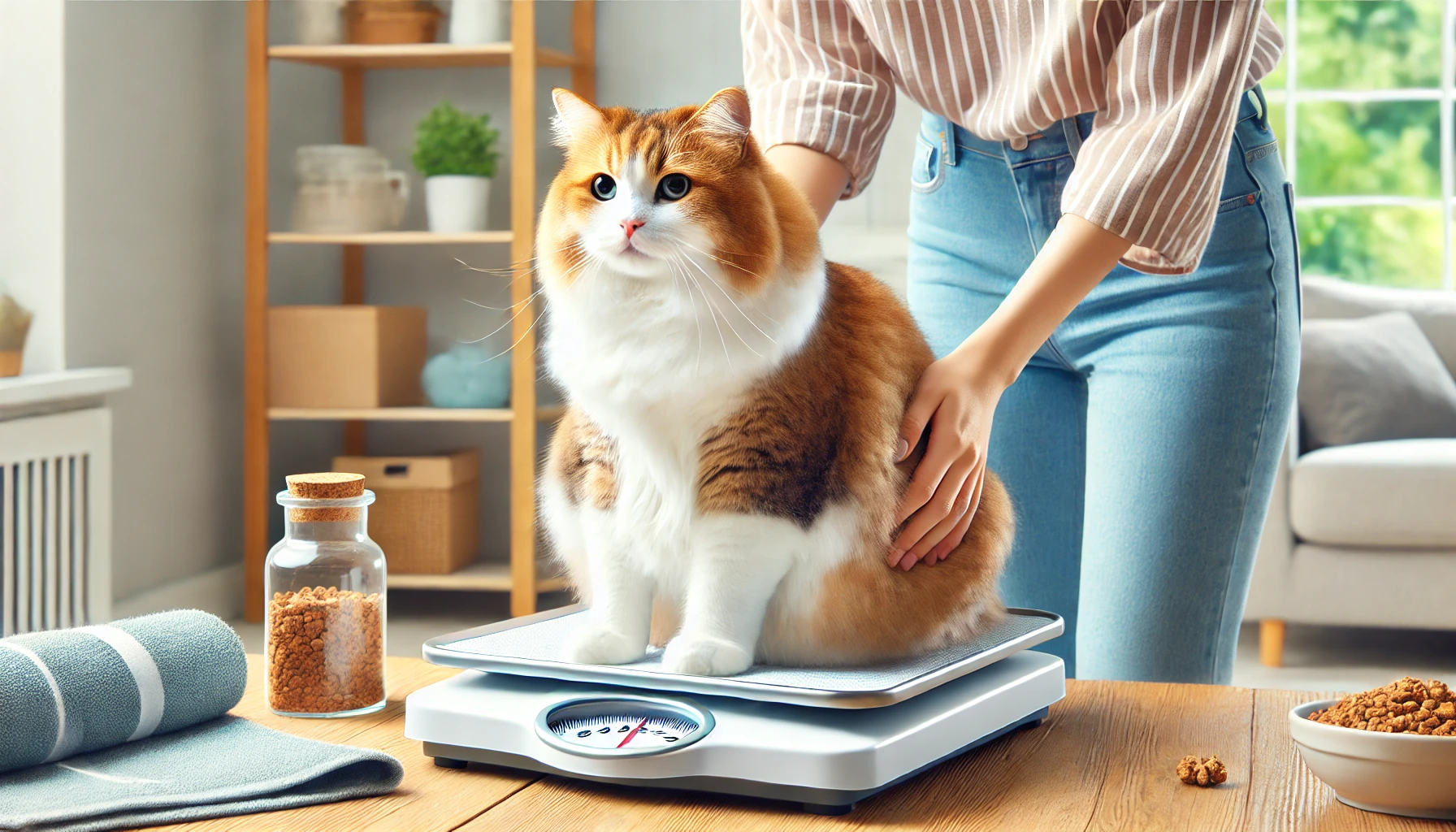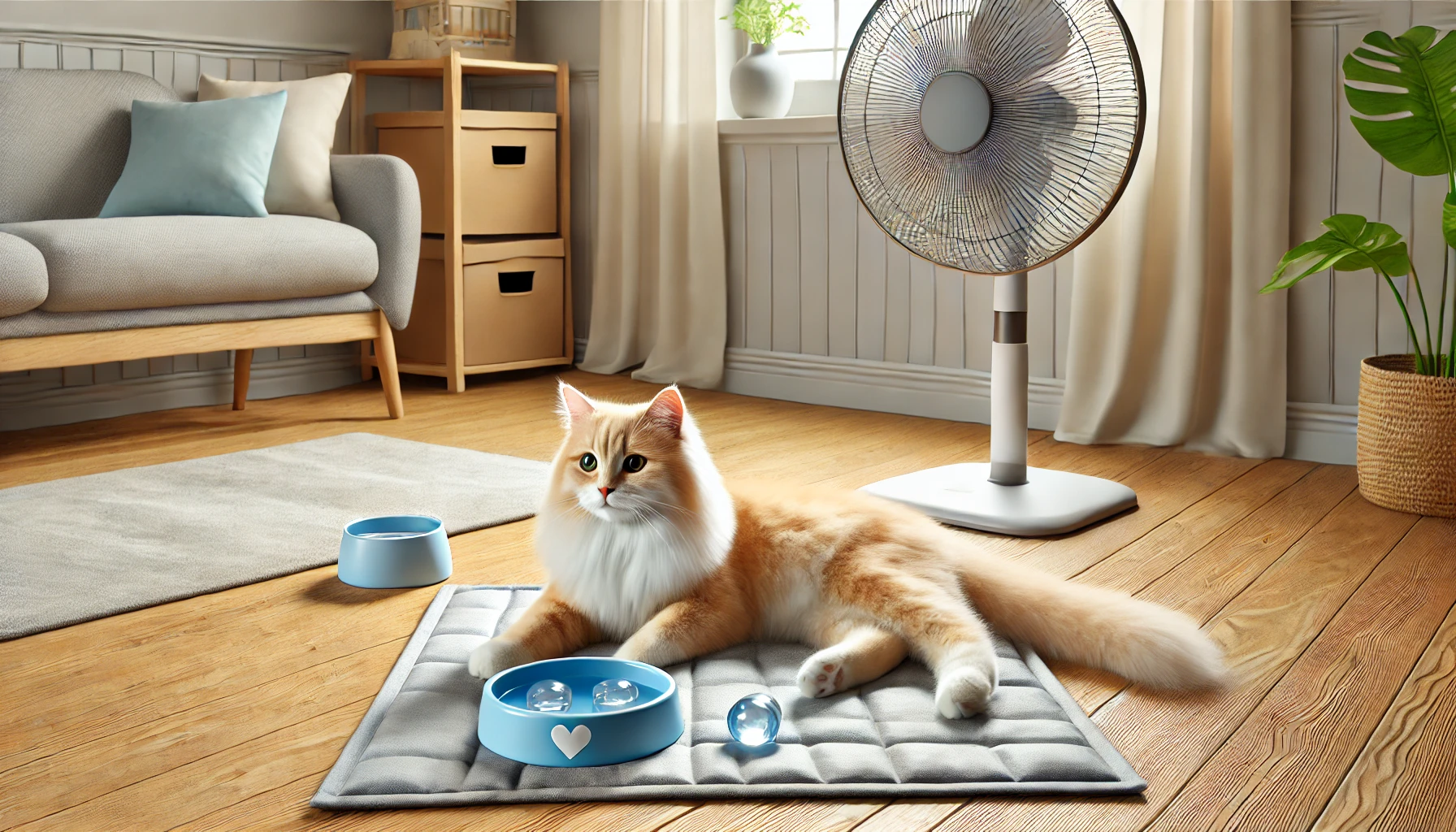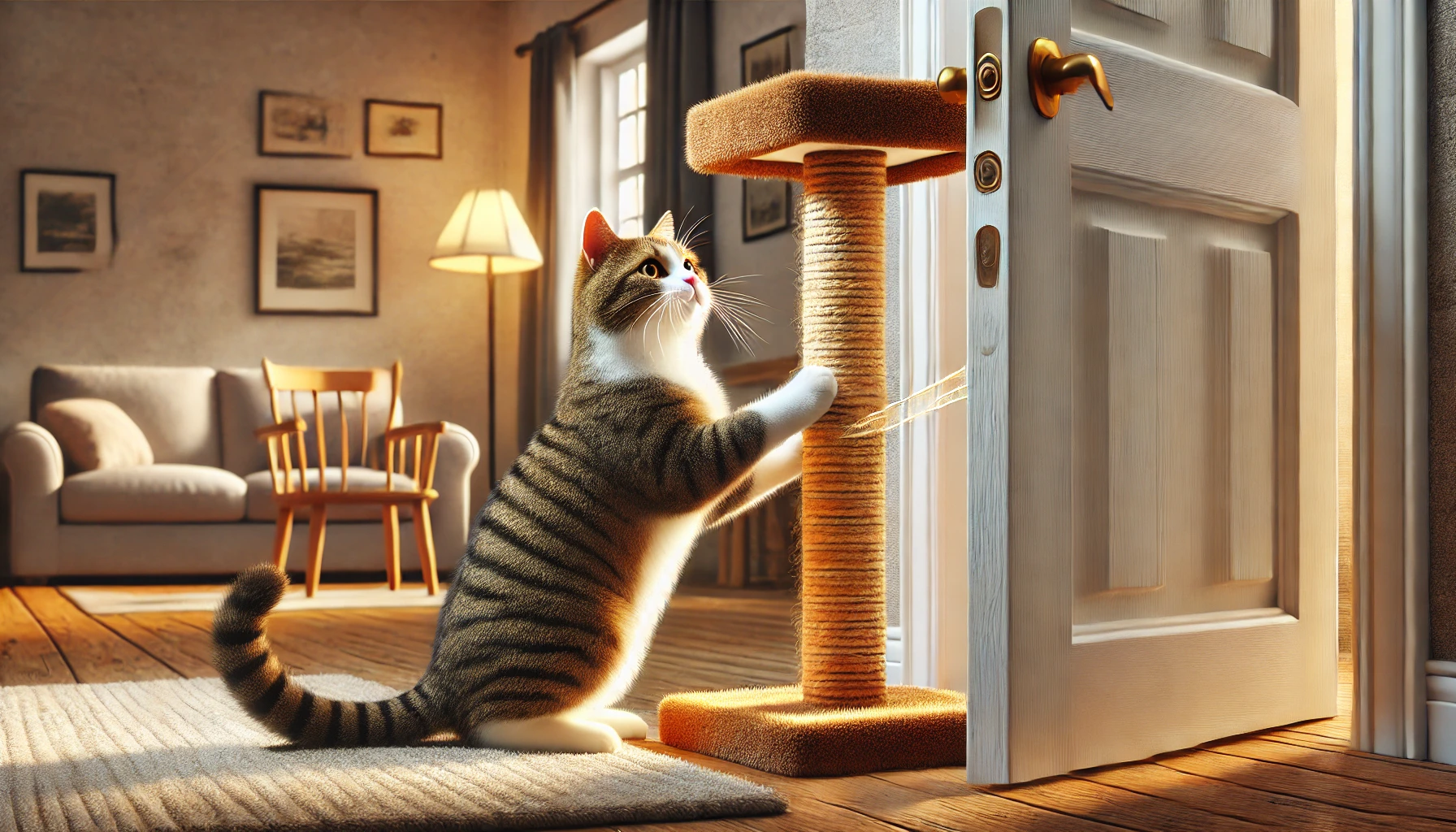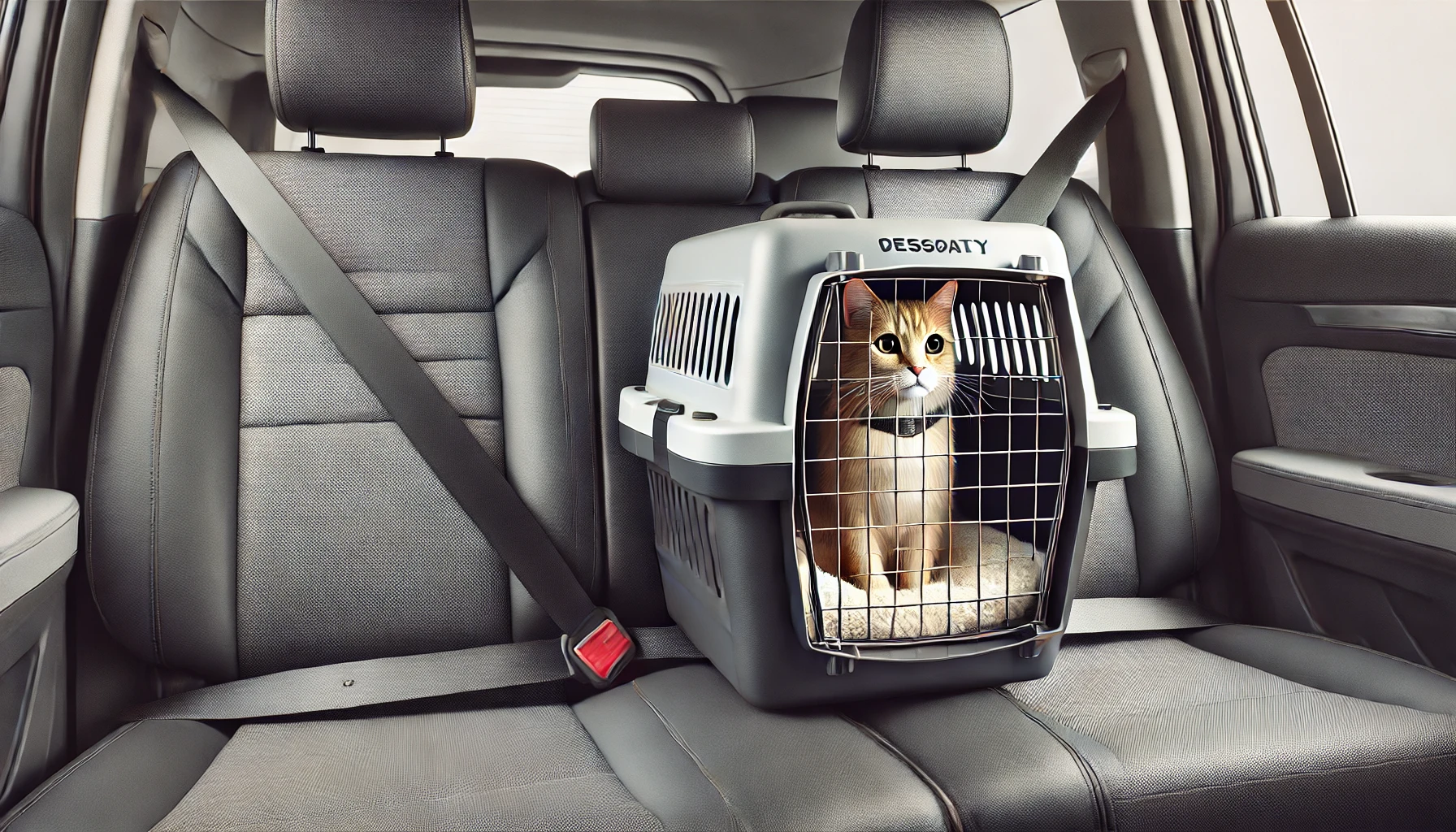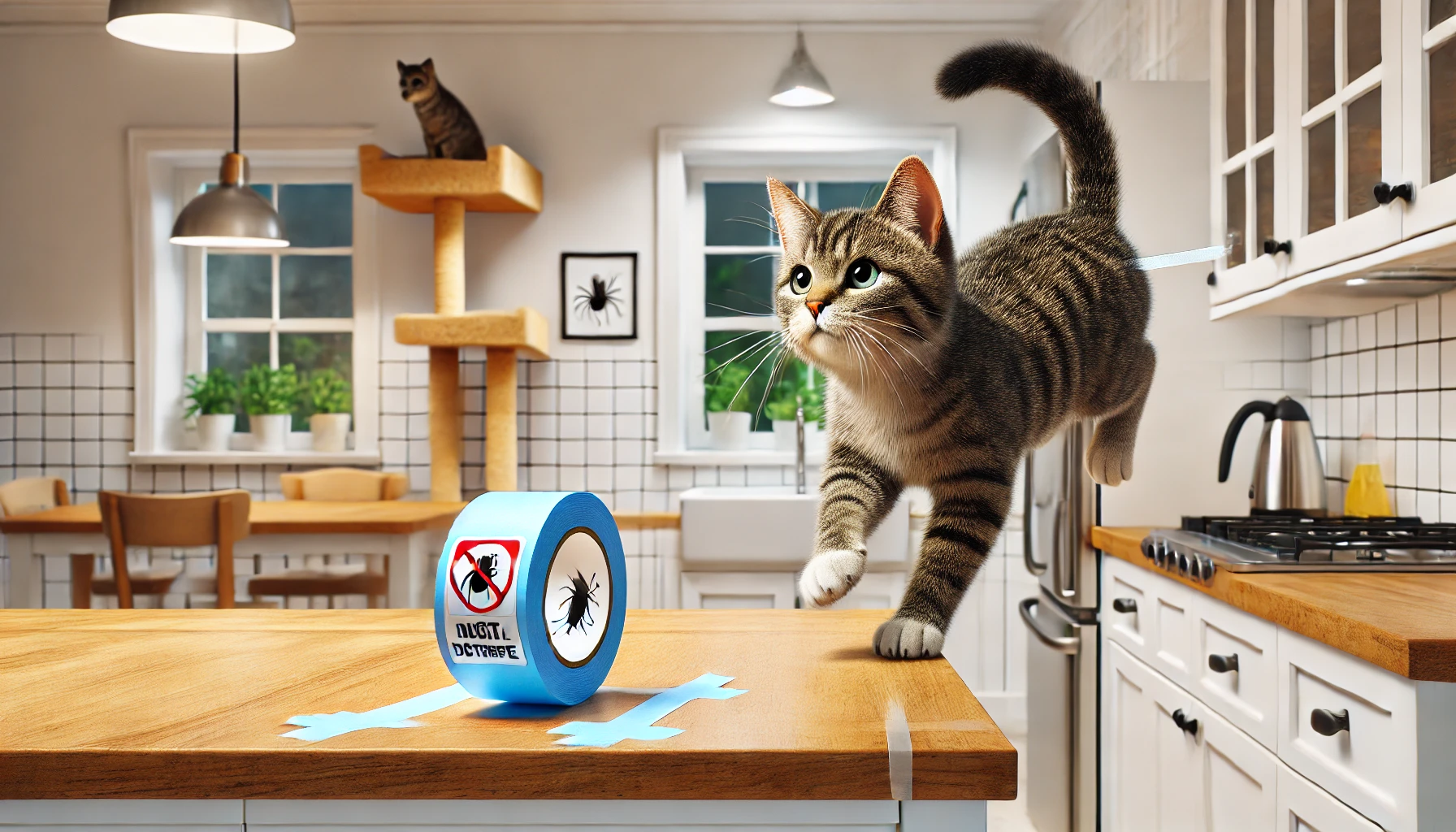Obesity in cats can lead to serious health problems like diabetes, joint pain, and heart disease. If your cat is overweight, it’s important to help them lose weight safely through proper diet, portion control, and exercise.
In this guide, you’ll learn how to help your cat shed excess weight without stress.
1. Determine if Your Cat is Overweight
Many cat owners don’t realize their cat is overweight because weight gain happens gradually.
✅ Signs Your Cat is Overweight:
✔ Can’t feel their ribs easily under fat.
✔ No visible waist when viewed from above.
✔ Belly hangs low when walking.
✔ Gets tired easily and avoids jumping.
🚨 Common Mistake: Thinking a chubby cat is “cute” or “normal.”
Instead: Check with your vet if your cat is at a healthy weight.
2. Ask Your Vet for a Safe Weight Loss Plan
Cats need to lose weight slowly to avoid health risks like fatty liver disease (hepatic lipidosis).
✅ How Much Weight Should Your Cat Lose?
✔ Safe weight loss = 1-2% of body weight per week.
✔ Example: A 15 lb (6.8 kg) cat should lose 0.15–0.3 lb (70–140g) per week.
✔ A vet can determine your cat’s ideal weight and calorie needs.
🚨 Never put your cat on a crash diet! Rapid weight loss is dangerous.
3. Switch to a High-Protein, Low-Carb Diet
A proper diet is key to weight loss. Many commercial cat foods are too high in carbs, leading to weight gain.
✅ Best Diet for Weight Loss:
✔ High in protein (helps maintain muscle while losing fat).
✔ Low in carbohydrates (prevents excess fat storage).
✔ Wet food or raw diets (higher moisture, lower calorie density).
🚨 Avoid dry kibble-based diets with fillers like corn and wheat!
4. Control Portion Sizes—Don’t Free-Feed
Overfeeding is the #1 cause of obesity in cats.
✅ How to Properly Portion Food:
✔ Measure food according to vet recommendations.
✔ Feed 2-3 small meals per day instead of one large meal.
✔ Use an automatic feeder to control portions.
🚨 If your cat free-feeds all day, switch to scheduled mealtimes!
5. Increase Exercise with Daily Playtime
Weight loss isn’t just about diet—exercise is crucial!
✅ Ways to Get Your Cat Moving:
✔ Use wand toys to mimic hunting.
✔ Try laser pointers for interactive play.
✔ Provide cat trees, tunnels, and climbing shelves.
✔ Introduce food puzzle toys to make them work for meals.
🚨 Goal: At least 10–15 minutes of active play twice a day.
6. Reduce Treats or Switch to Healthier Options
Many treats are high in calories and contribute to weight gain.
✅ Healthier Treat Alternatives:
✔ Small bits of cooked chicken or turkey.
✔ Freeze-dried meat treats (low-carb, high-protein).
✔ A few pieces of their regular food instead of extra treats.
🚨 Avoid treats with grains, artificial flavors, or high sugar content!
7. Use a Slow Feeder to Prevent Overeating
Cats who eat too fast may overeat and gain weight.
✅ How to Slow Down Eating:
✔ Use a slow feeder bowl.
✔ Scatter food on a flat surface so they eat slower.
✔ Try a puzzle feeder to make mealtime engaging.
🚨 If your cat eats too fast, they may still act hungry even when full!
8. Encourage More Movement Throughout the Day
Cats burn calories even when they’re not playing—as long as they stay active.
✅ Ways to Encourage Daily Activity:
✔ Place food and water on different floors so they move more.
✔ Use interactive toys that keep them engaged.
✔ Give them a window perch to watch birds and stay alert.
🚨 If your cat sleeps all day, encourage more movement with small lifestyle changes!
9. Track Progress and Adjust as Needed
Weight loss is a gradual process, and tracking progress helps prevent plateaus.
✅ How to Monitor Weight Loss:
✔ Weigh your cat weekly (use a pet scale or weigh yourself holding them).
✔ Keep a food diary to track portion sizes.
✔ Adjust food amounts if weight loss stalls.
🚨 If your cat isn’t losing weight after 4 weeks, adjust portion sizes or increase exercise.
10. Be Patient—Weight Loss Takes Time
A safe, healthy weight loss plan takes several months to see full results.
🐾 Signs Your Cat is Progressing:
✅ More energy and willingness to play.
✅ Better mobility—jumping, climbing more easily.
✅ Gradual weight loss without extreme hunger.
🚨 If your cat seems weak or too hungry, consult your vet to adjust the plan!
Final Thoughts
Helping your cat lose weight improves their quality of life and prevents serious health issues. With the right diet, portion control, and exercise, your cat will become healthier and more active over time.
🐱 Key Takeaways:
✅ Feed a high-protein, low-carb diet.
✅ Control portions and avoid free-feeding.
✅ Play daily for at least 10–15 minutes.
✅ Reduce treats or switch to low-calorie options.
✅ Use slow feeders and food puzzles.
✅ Monitor weight loss and adjust as needed.
✅ Be patient—safe weight loss takes time!
With consistent care and the right approach, your cat will reach a healthy weight and live a longer, happier life! 🐾💖

